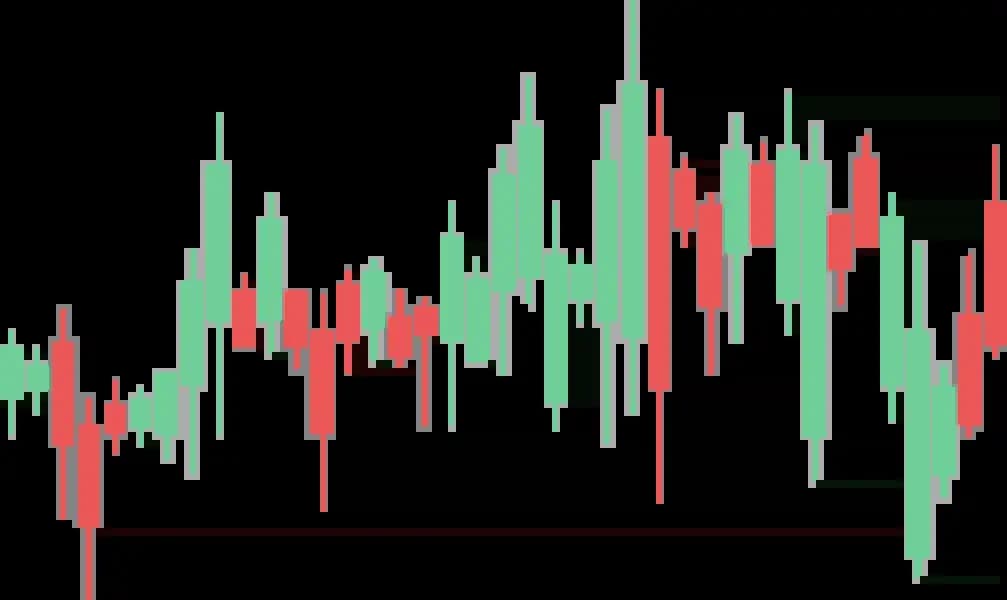In the world of financial markets and trading, traders use numerous indicators and metrics to gain insights into market trends and potential price movements. One such critical metric is "Open Interest." Understanding open interest can provide valuable information to traders and investors, helping them make informed decisions and navigate the complexities of the financial markets.
What is Open Interest?
Open interest in trading is the total number of outstanding or open contracts in a particular financial instrument, such as futures or options, at a given time. It represents the total number of contracts not closed or settled by an offsetting trade. For every contract buyer, there is a seller, and their positions remain open until they are closed by an opposite transaction.
Understanding Open Interest in Futures Trading:
Trading account analysis tool we understand the importance of having a trading account analysis tool, which is why we offer our clients one of the best in the market. Our trading account analysis tool comes with a user-friendly interface, making it easy for traders of all levels to use. It also provides in-depth analysis, including profit and loss reports, risk management analysis, and trade history reports. The open interest does not reflect the total number of contracts traded throughout the day; instead, it represents the number of still open or outstanding contracts by the end of the trading session.
Interpreting Open Interest:
The open interest provides crucial insights into market sentiment and can be interpreted in different ways:
Increasing Open Interest: Rising open interest indicates new money flowing into the market, suggesting that the current trend is gaining strength. This is often considered bullish, indicating that traders increasingly participate in the market with long positions.
Decreasing Open Interest: A decline in open interest suggests that traders are unwinding their positions and interest in the market is waning. This may indicate potential reversals in the current trend.
Unchanged Open Interest: Stable open interest suggests a balance between buyers and sellers and may indicate a period of consolidation or lack of firm conviction in the market.
High Open Interest at Support or Resistance Levels: When open interest is significant at critical support or resistance levels, it may signal a potential price reversal as traders take new positions.
Benefits of Using Open Interest:
Incorporating open interest analysis into your trading strategy offers several benefits:
Identifying Market Strength: Open interest can help traders gauge the strength of a trend, enabling them to make more informed decisions on whether to enter or exit positions.
Spotting Trend Reversals: By monitoring changes in open interest, traders can identify trend reversals or turning points in the market.
Confirming Market Movements: Open interest can act as a confirming indicator, validating the price movements observed on the charts.
Planning Risk Management: Understanding open interest can aid traders in planning their risk management strategies more effectively.
Conclusion:
In the dynamic and consistently impacting universe of monetary business sectors, understanding open revenue is essential for merchants trying to acquire a more profound comprehension of market opinion and potential cost developments. By monitoring changes in open interest, traders can make more informed decisions and enhance their overall trading strategies.
We prioritize providing our traders with comprehensive resources and insights to empower them on their trading journey. Harnessing the power of open interest analysis can be a game-changer, and we encourage our community to make the most of this valuable metric in their trading endeavors.
For more Info :-





Comments